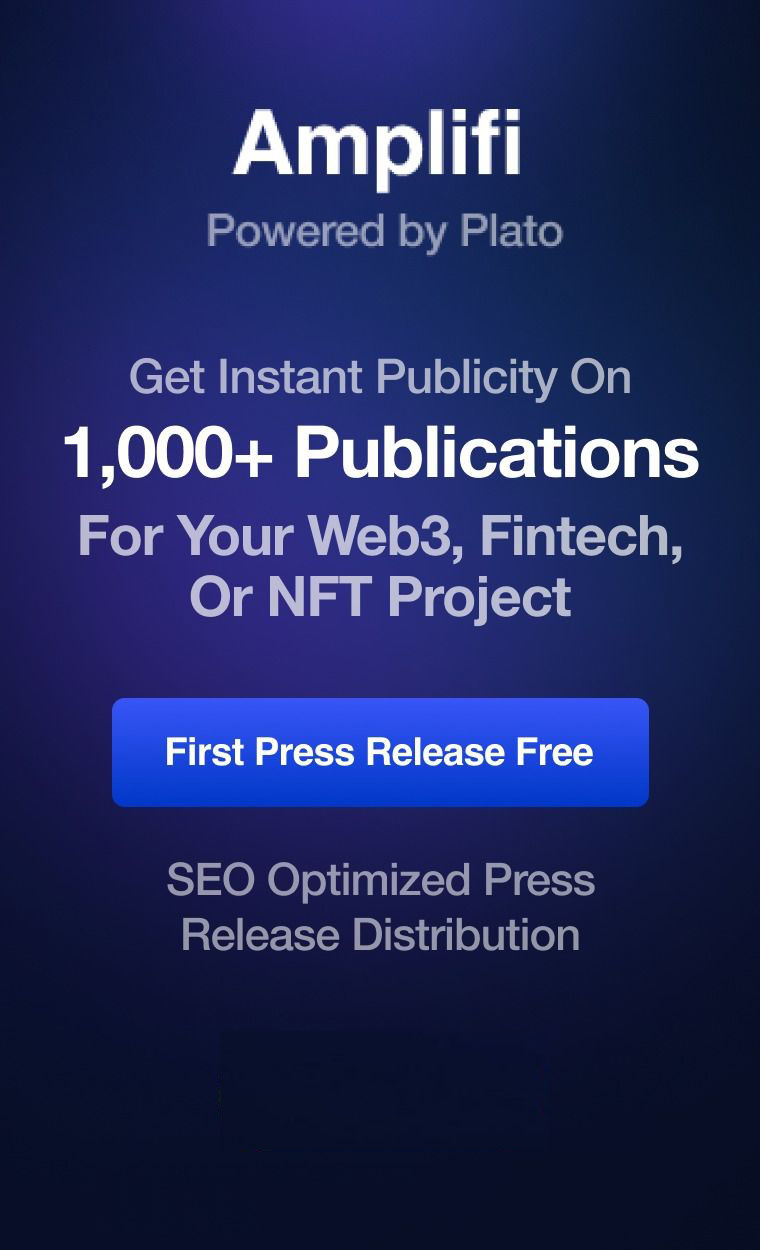Jonathan Monroe disagreed with his PhD supervisor—with respect. They needed to measure a superconducting qubit, a tiny circuit in which current can flow forever. The qubit emits light, which carries information about the qubit’s state. Jonathan and Kater intensify the light using an amplifier. They’d fabricated many amplifiers, but none had worked. Jonathan suggested changing their strategy—with a politeness to which Emily Post couldn’t have objected. Jonathan’s supervisor, Kater Murch, suggested repeating the protocol they’d performed many times.
“That’s the definition of insanity,” Kater admitted, “but I think experiment needs to involve some of that.”
I watched the exchange via Skype, with more interest than I’d have watched the Oscars with. Someday, I hope, I’ll be able to weigh in on such a debate, despite working as a theorist. Someday, I’ll have partnered with enough experimentalists to develop insight.
I’m partnering with Jonathan and Kater on an experiment that coauthors and I proposed in a paper blogged about here. The experiment centers on an uncertainty relation, an inequality of the sort immortalized by Werner Heisenberg in 1927. Uncertainty relations imply that, if you measure a quantum particle’s position, the particle’s momentum ceases to have a well-defined value. If you measure the momentum, the particle ceases to have a well-defined position. Our uncertainty relation involves weak measurements. Weakly measuring a particle’s position doesn’t disturb the momentum much and vice versa. We can interpret the uncertainty in information-processing terms, because we cast the inequality in terms of entropies. Entropies, described here, are functions that quantify how efficiently we can process information, such as by compressing data. Jonathan and Kater are checking our inequality, and exploring its implications, with a superconducting qubit.

I had too little experience to side with Jonathan or with Kater. So I watched, and I contemplated how their opinions would sound if expressed about theory. Do I try one strategy again and again, hoping to change my results without changing my approach?
At the Perimeter Institute for Theoretical Physics, Masters students had to swallow half-a-year of course material in weeks. I questioned whether I’d ever understand some of the material. But some of that material resurfaced during my PhD. Again, I attended lectures about Einstein’s theory of general relativity. Again, I worked problems about observers in free-fall. Again, I calculated covariant derivatives. The material sank in. I decided never to question, again, whether I could understand a concept. I might not understand a concept today, or tomorrow, or next week. But if I dedicate enough time and effort, I chose to believe, I’ll learn.
My decision rested on experience and on classes, taught by educational psychologists, that I’d taken in college. I’d studied how brains change during learning and how breaks enhance the changes. Sense, I thought, underlay my decision—though expecting outcomes to change, while strategies remain static, sounds insane.

Does sense underlie Kater’s suggestion, likened to insanity, to keep fabricating amplifiers as before? He’s expressed cynicism many times during our collaboration: Experiment needs to involve some insanity. The experiment probably won’t work for a long time. Plenty more things will likely break.
Jonathan and I agree with him. Experiments have a reputation for breaking, and Kater has a reputation for knowing experiments. Yet Jonathan—with professionalism and politeness—remains optimistic that other methods will prevail, that we’ll meet our goals early. I hope that Jonathan remains optimistic, and I fancy that Kater hopes, too. He prophesies gloom with a quarter of a smile, and his record speaks against him: A few months ago, I met a theorist who’d collaborated with Kater years before. The theorist marveled at the speed with which Kater had operated. A theorist would propose an experiment, and boom—the proposal would work.

Perhaps luck smiled upon the implementation. But luck dovetails with the sense that underlies Kater’s opinion: Experiments involve factors that you can’t control. Implement a protocol once, and it might fail because the temperature has risen too high. Implement the protocol again, and it might fail because a truck drove by your building, vibrating the tabletop. Implement the protocol again, and it might fail because you bumped into a knob. Implement the protocol a fourth time, and it might succeed. If you repeat a protocol many times, your environment might change, changing your results.
Sense underlies also Jonathan’s objections to Kater’s opinions. We boost our chances of succeeding if we keep trying. We derive energy to keep trying from creativity and optimism. So rebelling against our PhD supervisors’ sense is sensible. I wondered, watching the Skype conversation, whether Kater the student had objected to prophesies of doom as Jonathan did. Kater exudes the soberness of a tenured professor but the irreverence of a Californian who wears his hair slightly long and who tattooed his wedding band on. Science thrives on the soberness and the irreverence.

Who won Jonathan and Kater’s argument? Both, I think. Last week, they reported having fabricated amplifiers that work. The lab followed a protocol similar to their old one, but with more conscientiousness.
I’m looking forward to watching who wins the debate about how long the rest of the experiment takes. Either way, check out Jonathan’s talk about our experiment if you attend the American Physical Society’s March Meeting. Jonathan will speak on Thursday, March 5, at 12:03, in room 106. Also, keep an eye out for our paper—which will debut once Jonathan coaxes the amplifier into synching with his qubit.
Source: https://quantumfrontiers.com/2020/02/23/sense-sensibility-and-superconductors/



